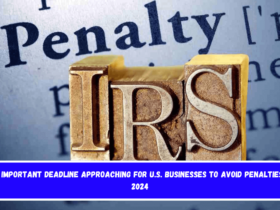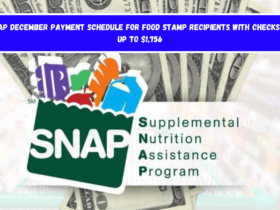A lot of Americans depend on their 401(k) plans as their main way to save for retirement. Some workers have a big problem, though, that was recently found by Vanguard. This problem could cost them hundreds of thousands of dollars in missed savings chances, even up to $300,000.
This issue usually comes up when workers move jobs, which happens a lot in the U.S. Most of the time, when someone gets a new job, they get paid more.
Even though they are making more money, many people don’t keep or raise their 401(k) contributions when they start working for a new company. The amount they give is usually less than what it was at their last job. This cut makes it less likely that their retirement nest egg will grow.
Why your 401(K) enrollment is key
The Vanguard study pointed out that one reason is that many 401(k) plans set the minimum contribution rate at 3%. When an employee moves to a new job, they are often automatically enrolled at this lower rate, even if they were giving more at their old job.
Fiona Greig, global head of investor research and policy at Vanguard and co-author of the study, said that this pattern of lower savings rates after job changes affects a lot of people. This worrying trend was found in a study that looked at retirement and pay data from more than 50,000 people who changed jobs.
“Yes, it’s true that most people are switching jobs to get a pay raise—the average raise was 10%.” About 64% of people who change jobs see their pay go up, but their saves rate is going down.
The study discovered that when someone changes jobs, the average worker cuts their 401(k) payment by almost 1%. This may seem like a small change, but over time it could have big effects on your finances. Take the case of a worker who starts out making $60,000 a year and then changes jobs eight times over the course of their career.
This is pretty typical for Americans. This person could only have $470,000 saved for retirement by age 65 if they lower their 401(k) investment every time they change jobs. On the other hand, if they kept putting away 10% every year throughout their work, they could have $770,000 saved by the time they retire.
This big difference shows how cutting payments will affect things in the long run. Greig said, “In the most concrete terms, it means spending less in retirement for six years less.” It’s a big drop in retirement savings.

Are 401(K)s the perfect option for you?
Many workers depend on 401(k) plans, but the system itself has some people who don’t like it. Teresa Ghilarducci, a well-known economist and retirement expert from The New School, is one of these critics. She has said negative things about how 401(k) plans are set up and how well they work.
A 401(k) can be useful for people who can work steadily throughout their jobs and not have to take big breaks for things like being laid off or taking care of family members. This group of people can slowly build up a retirement fund.
But a lot of workers have to take time off, have their careers interrupted, or have to deal with financial problems. This can cause them to use their 401(k) accounts, which slows the growth of their savings.
Greig agrees that the 401(k) system has changed over time, with changes that make it easier for workers to save. When 401(k) plans were first launched in the late 1970s, workers had to voluntarily join and start saving. Today, automatic enrollment has taken over the system.
This has made it easy for employees to start saving without having to do anything. In fact, the Vanguard study found that more than 60% of people who switched jobs did so at companies that put them in a 401(k) plan automatically.
From 2025 on, the Secure 2.0 Act says that all new retirement plans must automatically enlist workers. The usual default contribution rate of 3% is too low, though, according to Vanguard’s research. This is especially true when you consider that workers tend to contribute less when they change jobs. Greig said that a higher default rate, like 6%, might help solve this problem.
People who want to change jobs should also take the initiative. Greig said, “As soon as you start that new job, think about keeping doing what you were doing before. This will help you make the most of the math, and make sure you sign up for annual raises so that as your earnings go up, so does your savings rate.”
Also See:- Bank of America announces branch closures for 3 days – Official dates now available















Leave a Reply